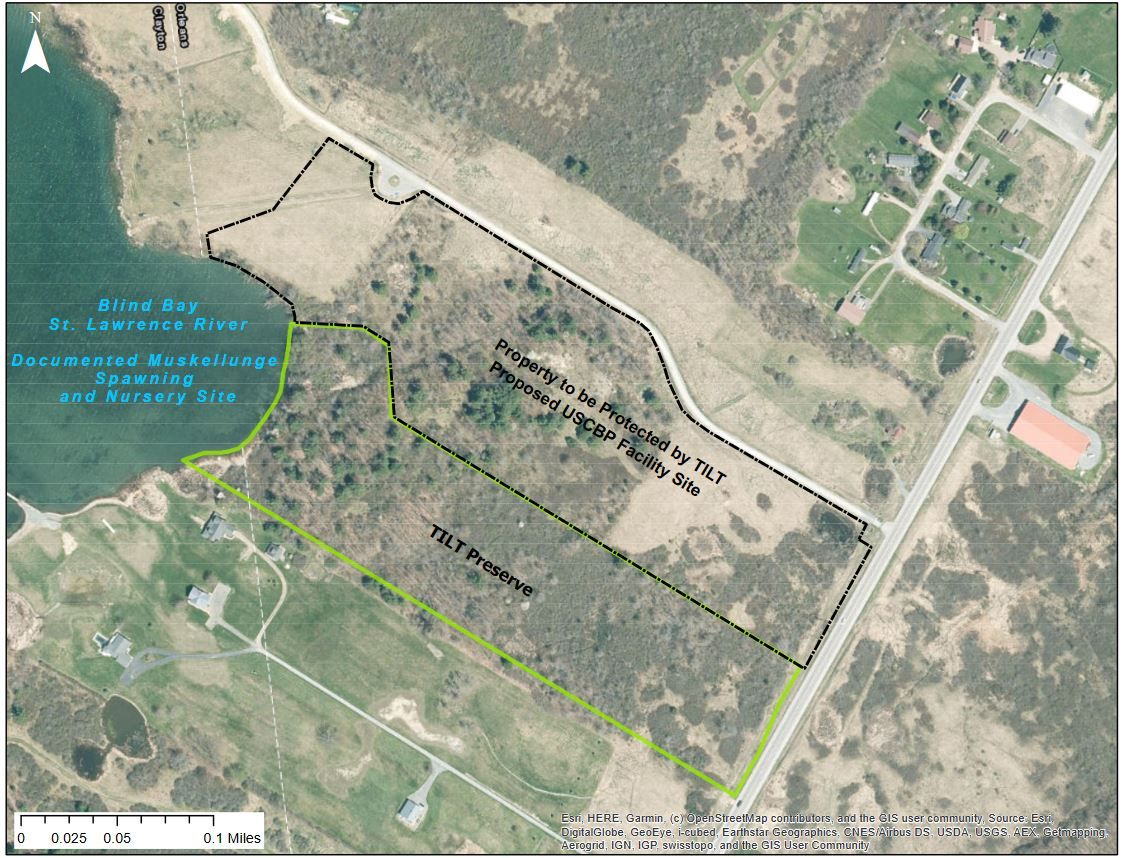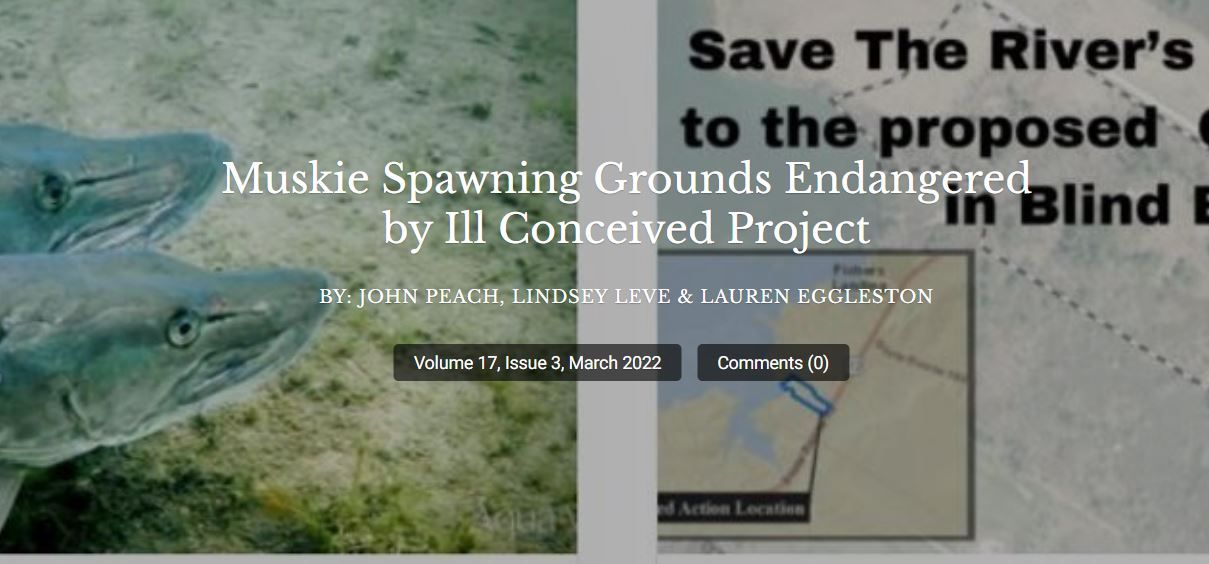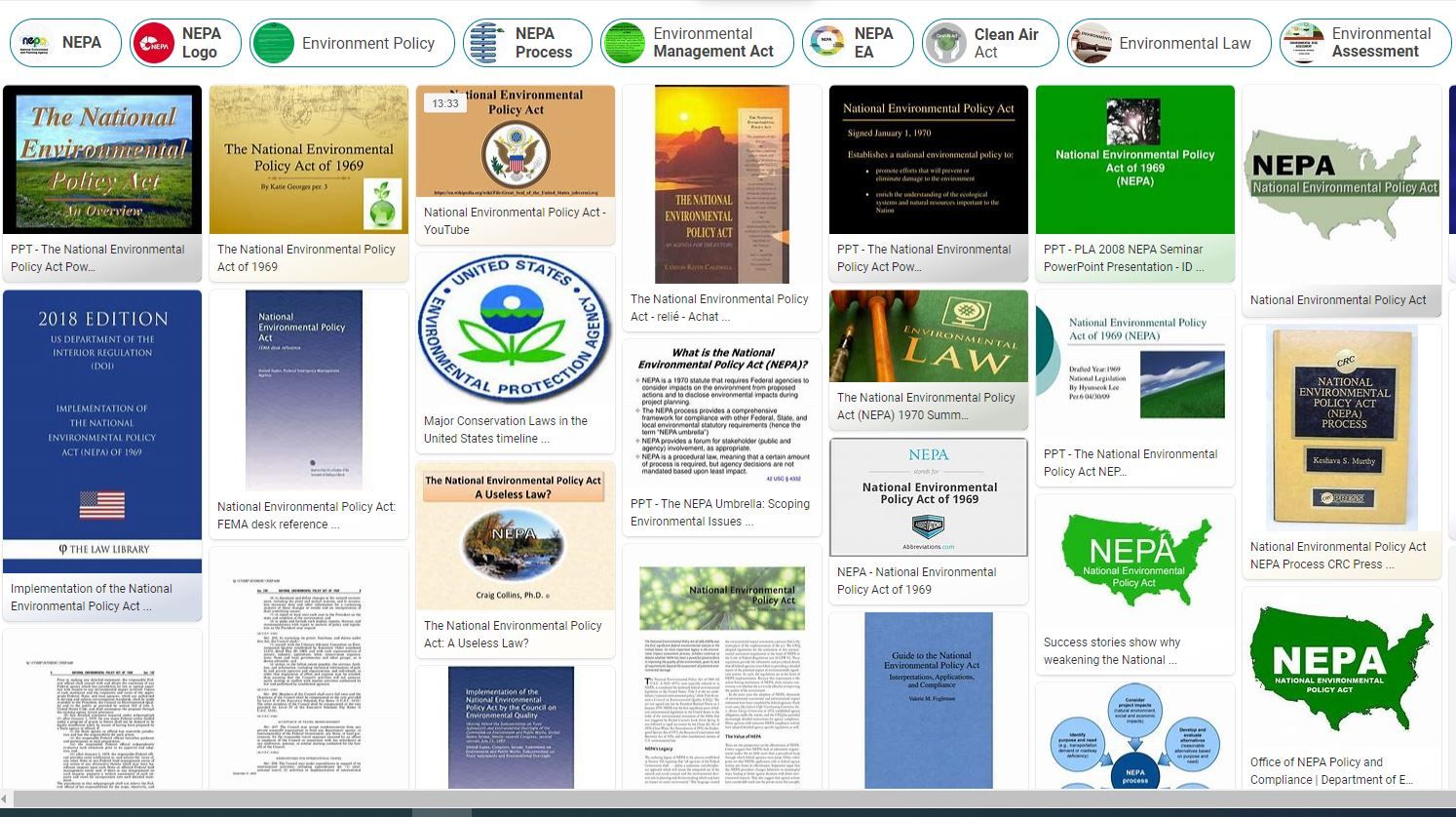The March 2022 issue of Thousand Islands Life Magazine was reissued on 31 March 2022, to raise reader awareness of a proposed project to build a new US Customs and Border Patrol (CBP) facility in the Blind Bay area, Fishers Landing, Town of Orleans, NY.

Anyone familiar with the Blind Bay area – or access to a satellite image of it – can see that constructing an 18 acre facility operating 24/7, which includes buildings for 75 personnel, dredging the bay for docks and moorage for patrol vessels, large paved areas for 200 vehicles, plus lighting these structures, will undoubtedly have a large impact on Blind Bay and the surrounding area, particularly the bay itself. The article in the March issue goes into much greater detail concerning these impacts.

Although this situation has now been “OBE” (Overtaken By Events) by the purchase of this land by the Thousand Islands Land Trust (TILT), it does raise the question of how to ensure that both environmental and human impacts of a proposal are properly evaluated. Not just for this project, but for any project on the River and its environs.
Enter the United States National Environmental Policy Act or NEPA.

A Short History of NEPA
The National Environmental Policy Act (NEPA) was signed into law on 1 January 1970. It’s one of the shortest laws in the US – a total of six pages. It’s short, sweet, and to the point.
NEPA requires all federal agencies to assess the environmental effects of their proposed actions prior to making decisions.
Prior to NEPA, there was no standard for documenting the decision-making process, evaluating the environmental effects of a project, or including the public in the process. It was often unclear just exactly how public decisions were made, and it seems that more often than not, the public was informed after decisions were made.
What Does NEPA Do?
Title I of NEPA contains a Declaration of National Environmental Policy. This policy requires all federal government departments and agencies to use all practicable means to create and maintain conditions under which man and nature can exist in productive harmony.
Section 102 in Title I of the Act established a baseline standard that requires federal agencies to incorporate environmental considerations in their planning and decision-making, using a systematic interdisciplinary approach. Specifically, all federal agencies are to prepare detailed statements assessing the environmental impact of, and alternatives to, major federal actions significantly affecting the environment. These statements are commonly referred to as Environmental Impact Statements (EIS) and Environmental Assessments (EA).
How is NEPA Implemented?
Title II of NEPA established the President's Council on Environmental Quality (CEQ) to oversee NEPA implementation. The duties of CEQ include:
• Ensuring that federal agencies meet their obligations under NEPA;
• Overseeing federal agency implementation of the environmental impact assessment process; and
• Issuing regulations and other guidance to federal agencies regarding NEPA compliance.
In 1978, CEQ issued regulations to implement the Act. The regulations are binding on all federal agencies, address the procedural provisions of NEPA, and the administration of the NEPA process, including the preparation of environmental impact statements. The CEQ also has issued a variety of guidance documents on the implementation of NEPA.
Many federal agencies have also developed their own NEPA procedures that supplement the CEQ regulations. These procedures vary from agency to agency since they are tailored for the specific mission and activities of the agency.
Who is Involved?
Lead Agency
The role of a federal agency in the NEPA process depends on the agency's expertise and relationship to the proposed action. The agency carrying out the federal action is responsible for complying with the requirements of NEPA. Where there may be multiple federal agencies involved in the proposed action, a lead agency will be designated to supervise the preparation of the environmental analysis. Federal agencies, together with state, tribal, or local agencies, may act as joint lead agencies.
Cooperating Agency
A federal, state, tribal, or local agency having special expertise with respect to an environmental issue or jurisdiction by law may be a cooperating agency. A cooperating agency has the responsibility to:
• Assist the lead agency by participating in the NEPA process at the earliest possible time,
• Participate in the scoping process,
• Develop information and prepare environmental analyses in which the agency has special expertise, and
• Make staff support available.
Many states, such as CA, NY, and FL, have enacted state laws equivalent to NEPA. These state environmental processes cover actions that do not fall under the jurisdiction of the federal NEPA process.
The Public
Under the regulations, the federal agency making the proposal must seek community review and input on a project. Local individuals and organizations may have knowledge of the area that isn’t known by state and federal organizations. Public participation in the process is a means of advising these agencies of this information. Involve your elected officials, at the municipal, state, and federal levels. These people work for you – so tell them what they need to do. The links below provide contact information for Senators and Representatives. Call them!
https://www.senate.gov/senators/senators-contact.htm
https://www.house.gov/representatives
Amendments to NEPA
In 2020, the NEPA regulations were amended. These amendments, known as the 2020 Rule, resulted in lawsuits being filed, contending that the amendments exceeded the CEQ’s authority and that the rule making process was procedurally and substantively defective. As a result, in 2021, a review of the regulations was ordered, to ensure consistency with national environmental priorities. The new proposals are intended to reverse some of the elements of the 2020 Rule, which includes:
• Eliminating the focus on the applicant and limited scope of the agency’s authority in defining the “purpose and need” of a proposed action;
• Restoring the 1978 definition of “effects,” including direct, indirect, and cumulative impacts; and
• Reversing the limitations on the ability of agencies to develop their own NEPA implementing procedures that go beyond the CEQ regulations.
In Summary
Over the past several decades, the importance of, and need to, protect our environment has been increasingly recognized and emphasized. Legislation has been enacted at federal, state, and municipal levels, to enable protection of the environment – the woods, fields, water, and air. NEPA provides a mechanism for the people who could be affected by federal projects to have a voice in the process. It is incumbent on us to ensure that the whole environment, not only our River, is protected.
Canadian Border
As has been noted, the border between Canada and the USA is an invisible line. Nature doesn’t pay attention to it, so what affects the environment on one side of the border will spill over onto the other side. On the Canadian side, these links provide contact info for Members of Parliament (MPs), Members of Provincial Parliament (ON) (MPPs), and Members of the National Assembly (QC) (MNAs).
https://www.ourcommons.ca/Members/en/constituencies
https://www.ola.org/en/members
http://www.assnat.qc.ca/en/deputes/index.html
On the River, local organizations such as Save The River, Thousand Islands Land Trust, Thousand Islands Association, Thousand Islands Area Residents Association and Thousand Islands Watershed Land Trust also have a role to play in examining and publicizing environmental issues or concerns. Public involvement in these organizations is what makes them effective in achieving these goals.
Sources:
- Federal Register / Vol. 85, No. 137 / Thursday, July 16, 2020 / Rules and Regulations
- National Environmental Policy Act website - https://ceq.doe.gov/
- The National Law Review - https://www.natlawreview.com/article/nepa-old-becomes-new
By Elspeth Naismith
Elspeth Naismith grew up in Gananoque, graduated from McMaster University in Hamilton (B.Sc (Bio)), and then from Centennial College as an RN. She also joined the Naval Reserve (thanks to a high school chum), and after spending time on both east and west coasts, she took a break from nursing and accepted a 3-year posting to National Defence Headquarters in Ottawa. The "break" turned into 25 years, and included jaunts to East Germany, Wales and the Irish Sea, and Bosnia. She retired from the Navy in 2011 and moved back to Gananoque in 2013.
Editor's Note: We thank Elspeth for her research. Also, for those who are unaware, we also thank her for being our "Real Editor." The hours she puts into TI Life are many and appreciated!
Posted in: Volume 17, Issue 5, May 2022, Essay, Places, Nature
Please click here if you are unable to post your comment.
